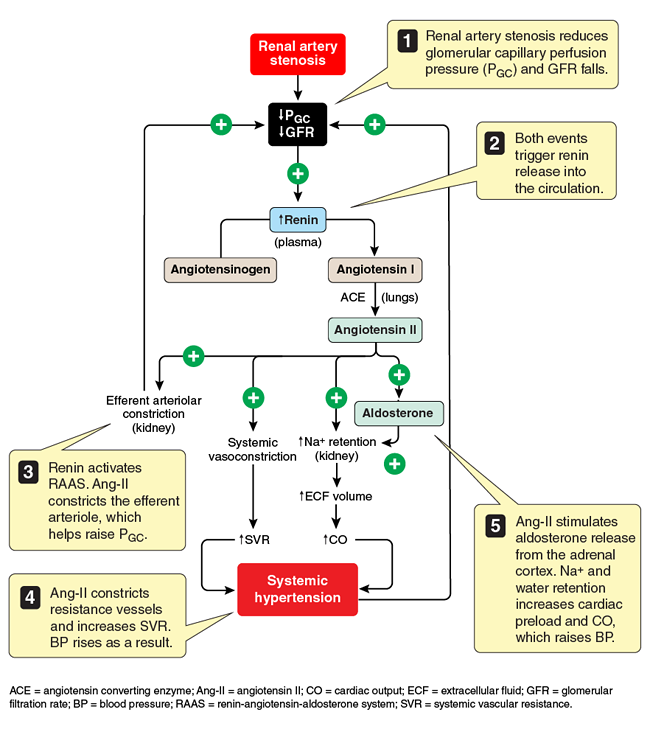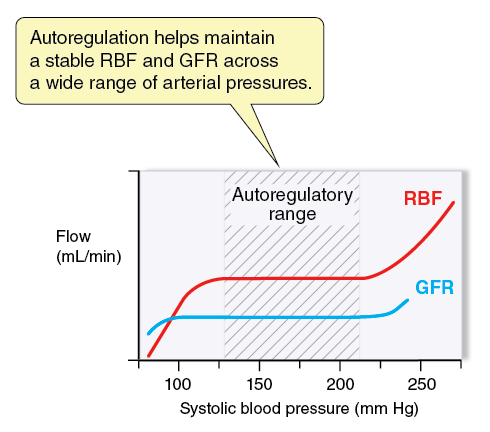If you’re preparing for the United States Medical Licensing Examination® (USMLE®) Step 1 exam, you might want to know which questions are most often missed by test-prep takers. Check out this example from Kaplan Medical, and read an expert explanation of the answer. Also check out all posts in this series.
The AMA and Kaplan have teamed up to support you in reaching your goal of passing the USMLE® or COMLEX-USA®. If you're looking for additional resources, Kaplan provides free access to tools for pre-clinical studies, including Kaplan’s Lecture Notes series, Integrated Vignettes, Shelf Prep and more.
This month’s stumper
A 57-year-old woman is admitted to the hospital because of a 2-day history of chest pain on exertion. This occurred while doing housework, which consisted of vacuuming and waxing her hardwood floors. She has a history of hypertension, angina, and diabetes. Cardiac examination shows S1 and S2 heart sounds but are somewhat faint. There are no murmurs or gallops. ECG and cardiac enzymes show no abnormalities. Cardiac catheterization shows areas of coronary artery narrowing (between 50 and 70%). CT angiography shows an 80% stenosis of the right renal artery.
Which of the following is most likely increased in this patient?
A. Afferent glomerular arteriolar resistance.
B. Glomerular filtration rate.
C. Glomerular perfusion pressure.
D. Interlobar arterial pressure.
E. Secretion of renin.
The correct answer is E.
Kaplan Medical explains why
This patient has renal artery stenosis (RAS), which has reduced glomerular perfusion pressure and increased renin secretion from granular cells in the glomerular afferent arteriole (AA). Renin release initiates the renin-angiotensin-aldosterone system (RAAS), which promotes salt and water retention to raise mean arterial pressure (MAP). A rise in MAP increases renal blood flow and helps return glomerular perfusion pressure toward normal.
RAAS is one of the pathways involved in autoregulation of renal blood flow (RBF) and glomerular filtration rate (GFR; see figure). Autoregulation ensures that RBF and GFR remain stable despite wide variations in MAP and involves:
- Myogenic responses. Reflex constriction and dilation of the glomerular arterioles following increases and decreases in perfusion pressure, respectively.
- Tubuloglomerular feedback (TGF). Modulation of both AA and efferent arteriolar (EA) diameter in response to changes in the rate of NaCl delivery to the macula densa.
When renal perfusion pressure drops below about 100 mm Hg, RBF can no longer be maintained at a level that supports an optimal GFR. Significant functional impairment of autoregulation occurs once arterial luminal narrowing exceeds about 50% (note that this patient has an 80% stenosis). In older patients, the most common cause of RAS is atherosclerosis. Given that our patient has a history of diabetes, hypertension, and angina, atherosclerosis is a likely cause of both the cardiac symptoms and RAS.
Why the other answers are wrong
Choice A: AA resistance would decrease, not increase in response to decreased glomerular perfusion pressure. This would involve both a reflexive vasodilation (via the myogenic mechanism) and TGF.
Choice B: RAS decreases GFR because it decreases glomerular perfusion pressure.
Choice C: RAS reduces rather than increases glomerular perfusion pressure. Glomerular perfusion pressure is the primary force driving GFR and is the reason GFR falls with RAS.
Choice D: RAS decreases blood pressure in all renal arterial vessels, including the interlobar arteries. Increased interlobar arterial pressure might be seen in patients with hypertension, for example.
Tips to remember
Decreased blood pressure and flow to the kidney causes:
- Decreased GFR.
- Increased renin secretion from granular cells.
- Reflexive glomerular afferent arteriolar dilation.
For more prep questions on USMLE Steps 1, 2 and 3, view other posts in this series.





